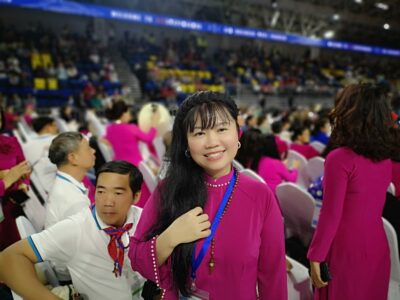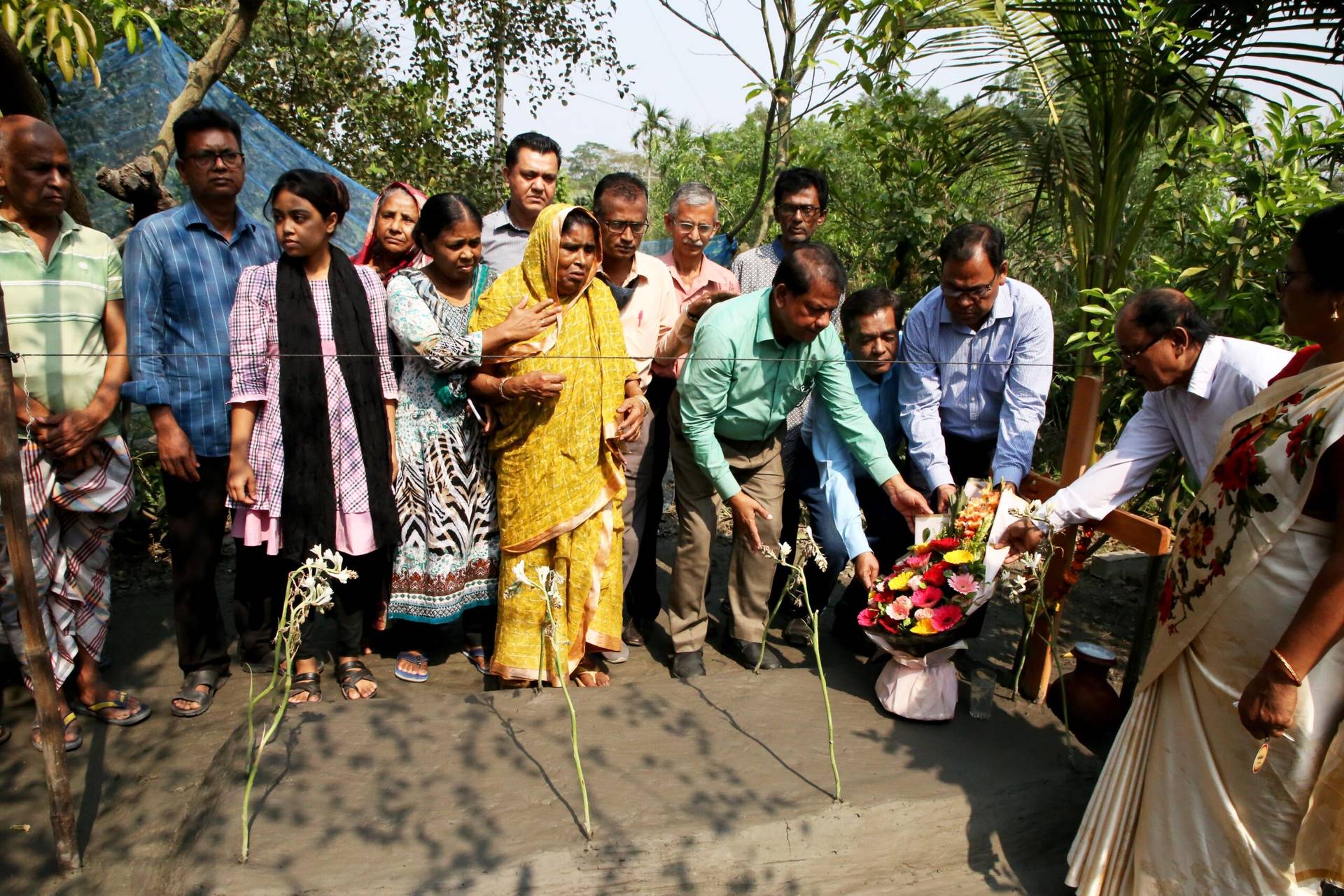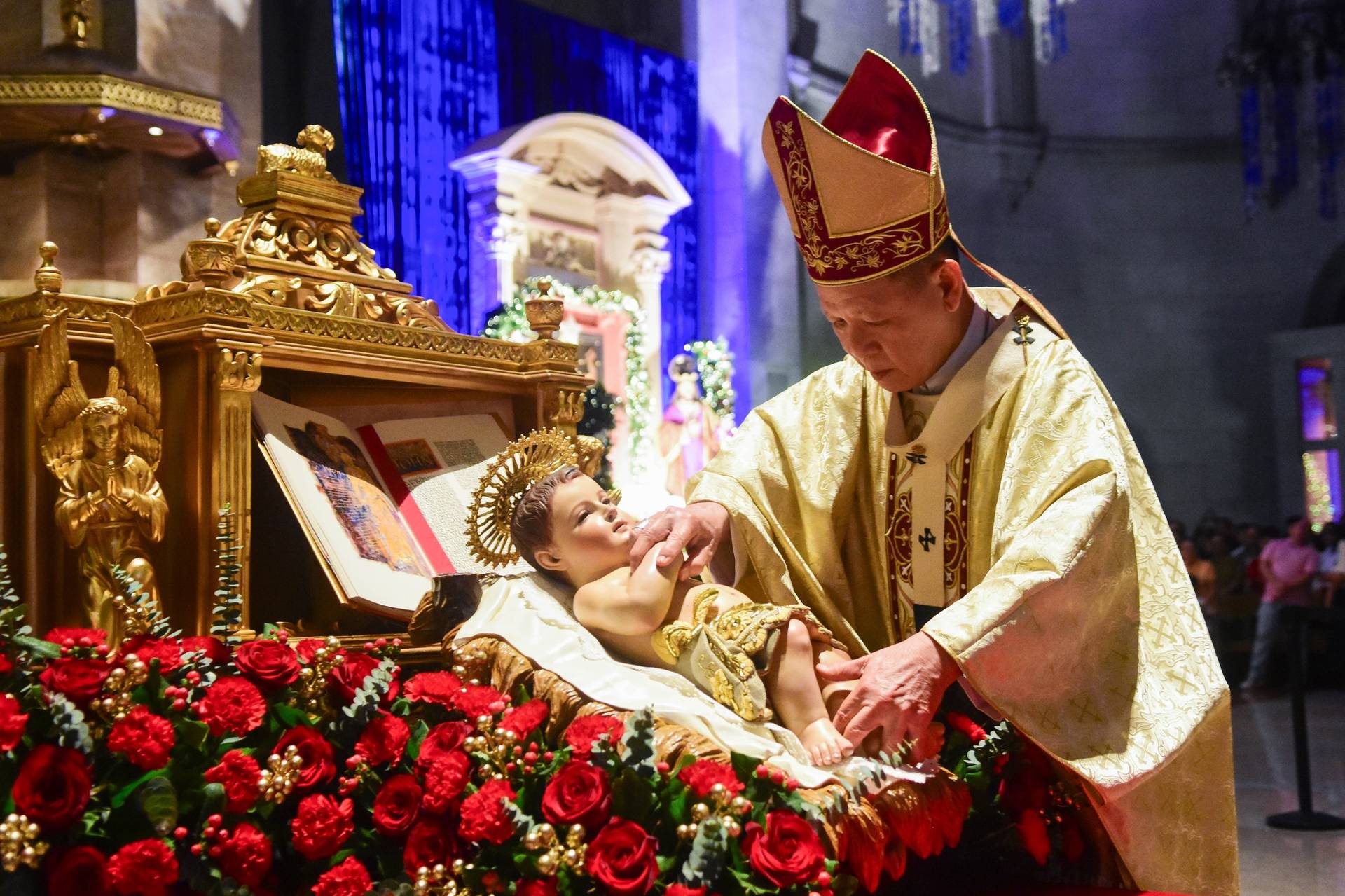ROME – Vietnamese Catholics who made their way to Mongolia for Pope Francis’s recent trip to the East Asian nation have said that in light of bettering relations between their country and the Vatican, they now want a papal visit of their own.
Speaking to Crux, Vietnamese Catholic Pham Kim Duyen said, “We really hope that one day he can come to Vietnam, that is our dream. It would be a great time.”
“If he comes to Vietnam, probably millions and millions of people will come to welcome him. We really hope, we wish one day the pope will come over to Vietnam, this is our dream!” she said.
Pham, a chief representative of a company based in Singapore, was part of a group of 102 Vietnamese businesswomen who danced at the close of Pope Francis’s Mass in Ulaanbaatar’s Steppe Arena during his historic visit to Mongolia, marking the first-ever papal visit to the country.
“We all love the pope and this is really a very precious chance for us to be here, because we are all more than one tribe,” Pham said, noting that the women in her group come from all over Vietnam.

When they found out there was an opportunity to come to Mongolia to see the pope, “We were really excited, and we all tried to resolve all of our time and to come here,” she said, saying she also brought her husband and 12-year-old daughter with her.
Pham stressed the importance of being there for the historic occasion, saying, “It’s really very important because for me, it’s the first time in my life to come here to see the pope. Also, for many people in my group it’s the first time and they love the pope so much.”
“His life, and his love in God, has been so amazing, and that made us really admire him and we really appreciate the chance that God gave to us to come over here to this beautiful country, Mongolia, to visit our precious pope,” she said.
Pope Francis traveled to Mongolia from Aug. 31-Sept. 4, meeting with national and civil authorities, as well as bishops, missionaries, interfaith leaders, and charity workers.
His visit marked the first time a pope has traveled to Mongolia, and the closest physically a pope has ever gotten to its powerful neighbors, China and Russia.
As mentioned by Pham, the visit also marked the first time many Catholics from Vietnam and the surrounding region have been able to see the pope in person, given the vast distance between the area and Rome, which is roughly a 10-hour flight from Ulaanbaatar.
Vietnam currently has the fifth-largest Catholic population in Asia, with an estimated seven million Catholics comprising roughly seven percent of the total population of around 97.5 million. The Church in Vietnam has 3,000 parishes across the country, 7,700 other facilities, and 11 seminaries served by 8,000 priests and 41 active bishops.
An additional 700,000 Vietnamese Catholics live in the United States, many of whom are descendants of refugees who fled by boat during the Vietnam war.
The Vatican and Vietnam have had no formal diplomatic ties since 1975, when the last Vatican envoy was expelled from the country after the communists took control of South Vietnam.
However, the two have been engaged in a decades-long process of rapprochement. In 2011 Vietnam agreed to let the Vatican appoint a nonresident papal representative, at the time seen as a major step forward in the process to normalize relations.
In April 2022, a three-member Vatican delegation traveled to Vietnam for a week-long working visit in a bid to accelerate the process of bolstering diplomatic ties. The delegates participated in the ninth meeting of the Vietnam-Holy See Joint Working Group, which focused largely on ways to set up an office for a permanent papal representative in Vietnam.
RELATED: Vietnam leader’s visit to bishops reflects Vatican’s Asia strategy of ‘small steps’
In late July of this year, those aspirations finally came to fruition with the announcement from both Vatican and Vietnamese authorities that Vietnam has agreed to allow a representative of the Holy See reside in the country and to open an office.
The decision was announced during a visit to the Vatican by Vietnamese President Vo Van Thuong, who met with Pope Francis and the Vatican secretary of state, Cardinal Pietro Parolin.
While still falling short of full diplomatic relations, the move is seen as a downpayment on the establishment of those ties, and as having potential future implications in the Holy See’s tenuous relationship with Communist China.
Shortly after his visit to the Vatican, Van Thuong paid a visit to the Vietnamese Catholic bishops’ conference, where he praised the church’s role during the COVID-19 pandemic, spoke warmly of Pope Francis, and vowed to consider the possibility of opening Catholic schools.
The visit and praise for Catholic institutions, as well as the penning of the agreement allowing a resident papal representative in Vietnam, was taken by some as a confirmation that the Vatican’s longstanding policy of taking “small steps” with Asia’s communist states is effective.
Many observers believe this approach, and the results it has yielded thus far in Vietnam, also hold clear relevance for the Vatican’s relationship with China.
The gradual thaw in Vatican-Vietnam relations began in 1989, when French Cardinal Roger Etchegaray, then-president of the Pontifical Council for Justice and Peace, made the first visit by a senior Vatican official to the country since 1975.
Beginning in 1996, the Vatican and the Vietnamese government began holding regular bilateral meetings, focused in part on resolving difficulties over the appointment of Catholic bishops in the country.
In the end, a deal was struck in which the Vatican submits three names for vacant post and the Vietnamese authorities pick one, whose nomination is then formalized by the pope.
That agreement was negotiated in part by then-Monsignor Pietro Parolin, at the time the Vatican’s under-secretary for relations with states, who is today the Cardinal Secretary of State and principal architect of the Vatican’s China strategy.
It is believed that the Vatican’s controversial 2018 agreement with China on episcopal appointments, the terms of which have never been made public, was crafted by Parolin based on the Vietnam model.
Asked about a potential papal visit to Vietnam on his Sept. 4 return flight from Ulaanbaatar to Rome, Pope Francis said Vietnam “is one of the very good experiences of dialogue that the Church has had in recent times.”
“I would say it is like a mutual sympathy in dialogue. Both sides have had the good will to understand each other and look for ways to move forward; there have been problems, but in Vietnam I see that sooner or later problems are overcome,” he said.
Francis recalled Van Thuong’s visit to the Vatican in July, saying the two “talked freely” and that he felt “very positive about the relationship with Vietnam; good work has been going on for years.”
Recalling the visit of a group of Vietnamese parliamentarians to the Vatican around four years ago, the pope said there was a “respectful” dialogue, and that “When a culture is open, there is possibility for dialogue; if there is closure or suspicion, dialogue is very difficult.”
“With Vietnam, the dialogue is open, with its pluses and minuses, but it is open and slowly moving forward. There have been some problems, but they have been resolved,” he said, jesting that if he doesn’t go to Vietnam, “John XXIV certainly will!”
“There will certainly be [a trip], because it is a land that deserves to progress and that has my sympathy,” he said.
Yet despite the considerable steps taken in restoring ties with the Vatican, Vietnam remains one of 17 Countries of Particular Concern flagged by the U.S. International Commission on Religious Freedom (USCIRF).
In its 2023 annual report, the USCIRF recommended designating Vietnam as a Country of Particular Concern (CPC) for engaging in “egregious, ongoing, and systematic violations of religious freedom.”
Despite the ongoing challenges, Vietnamese Catholics remain optimistic about the process and the potential for a papal visit.
Speaking to Crux, another Vietnamese Catholic named Yum, who was also part of the group that danced for Pope Francis at the close of his Mass in Ulaanbaatar, said she came because “I want to tell Mongolians, we are brothers and sisters, we have the same father.”
“We hope everything will get better, better together. In Vietnam we are very hopeful that the pope will visit Vietnam in the future. We are waiting for the pope to come to Vietnam. We will pray every day that the pope will visit Vietnam (soon),” she said.
Follow Elise Ann Allen on X: @eliseannallen
















